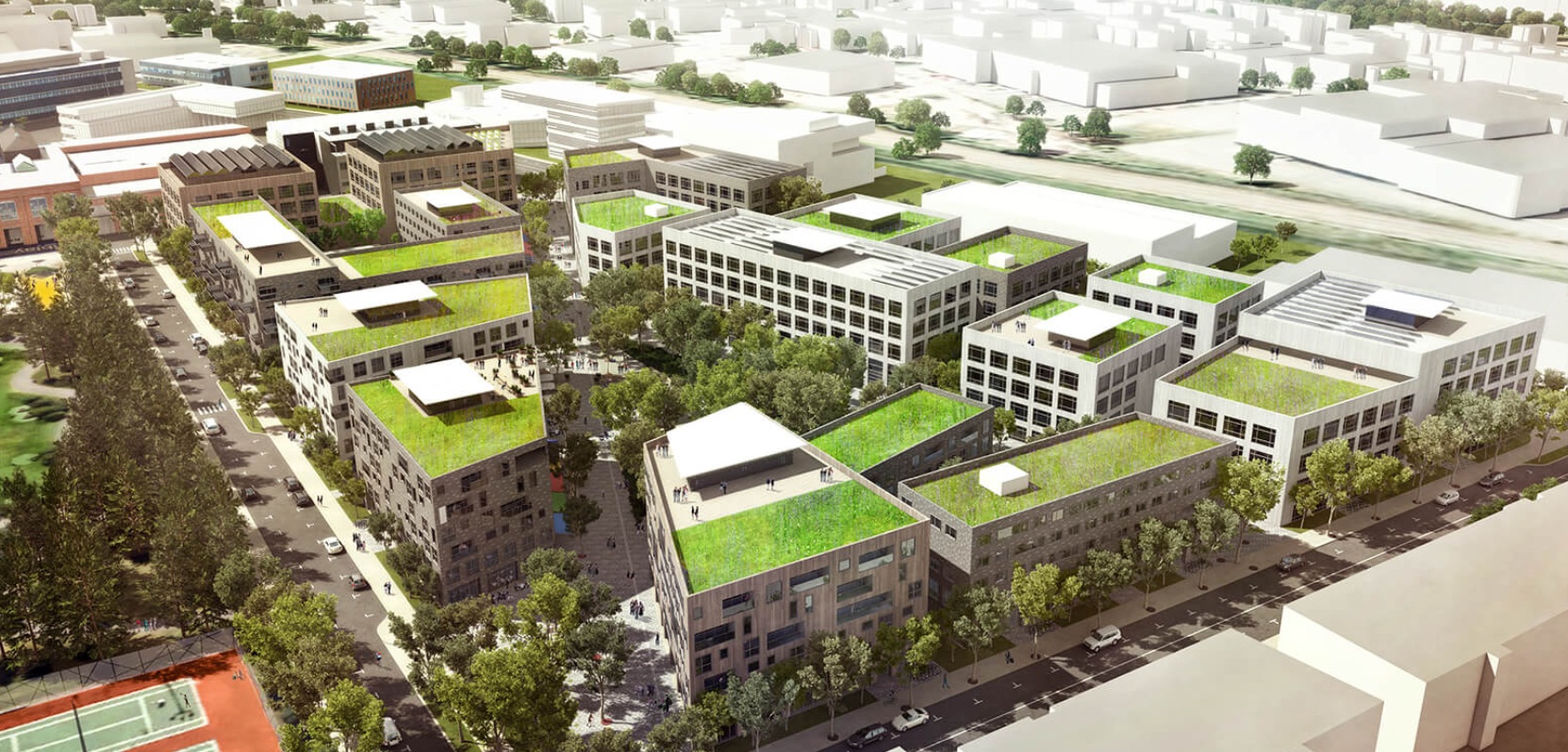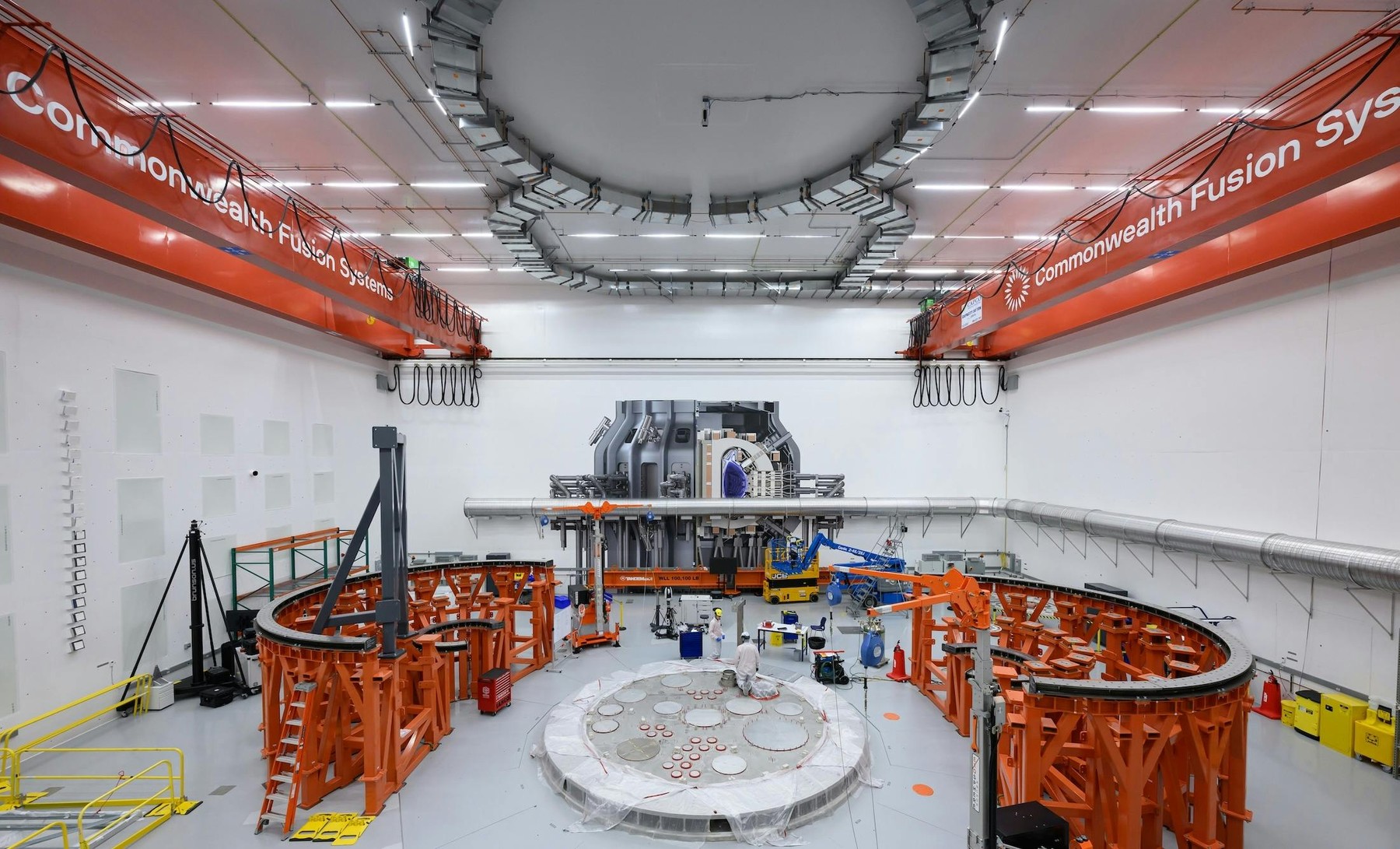In Canada, buildings account for the third-largest source of national greenhouse gas emissions. As climate warnings become more dire, and the direct impact of a warming atmosphere is making itself apparent, it is imperative for the sector to make radical changes and quickly.
While widescale decarbonization of the sector may seem an overwhelming prospect, the upsides are plentiful.
According to 2022 research from the International Energy Agency, sustainable and energy-efficient buildings consume less energy, fuel, and water, which could lead to yearly utility savings ranging from 20% to 50%.
Also, retrofitted buildings receive a premium on the market. CBRE, a real estate services and investment firm, found in 2022 that buildings that had received retrofits and upgrades to improve efficiency attracted a premium ranging from 4% to 8%.

Construction and adaptation of buildings to meet high environmental standards at multiple government levels may sound daunting – but here are three examples which have succeeded in implementing cutting-edge sustainable technology for low-emission and energy-efficient outcomes.
Humber Cultural Club, Etobicoke, Ontario
The Humber Cultural Club, part of Humber College, is a 33,910 square metre building which also hosts arts and entertainment programs in West Toronto.
The redevelopment to transform this cultural club to a sustainable, zero-carbon building will occur in two phases. The first phase was completed in Sprint 2024, and included the construction of a 23,244 square meter building. This building includes a 140-seat recital hall with spaces for teaching arts and cultural programs.
The building also contains a 300-space addition for student residents.
When the second phase is completed in 2026, an ampitheatre and 500-seat performance hall will join the club complex.
Construction is following several green building standards: the Toronto Green Standard, the Zero Carbon Building – Design Standard, and others. When it is completed, the club complex will apply for LEED Certification at Platinum level, which denotes the highest-possible level of energy efficiency, water efficiency, and waste reduction.
To meet these standards, project managers first decided to eliminate the reliance on natural gas, opting for a design that prioritizes geothermal and solar power. Geothermal will meet 80% of the power needs, engineers said. The complex will be using electricity to power, heat, and cool the complex.
Humber Cultural Club will also feature two fully-electric commercial kitchens.
Arthur Erickson Place, Vancouver
In 2024, another major building site achieved the Zero-Carbon Building – Performance Standard certification: Arthur Erickson Place in downtown Vancouver.
The decarbonization process will take three years to complete, requiring a retrofitting of the 363,000 square foot building. The finish date will be in 2025, at which point the process will have reduced the building’s carbon emissions by 95%.
In addition to the retrofit, the project included optimized HVAC controls and new electric boilers and heat pumps. This will reduce energy consumption by 40%, project managers said.
Planners also added a rooftop beehive installation, to promote biodiversity.
“We continue to demonstrate that complex, deep carbon retrofits of iconic buildings like Arthur Erickson Place…can be done in a way that is economically viable and environmentally impactful,” building co-owner KingSett Capital CEO Rob Kumer said.
Technopôle Angus, Montreal
This project comprises both living and working environments, including residences, workspaces, public squares, greenbelts, and a tree-lined pedestrian street.
It garnered a LEED v4 Neighbourhood Development Plan certification.
The complex includes 360 residential units, of which 80% is affordable housing, as well as space for 62 organizations to employ 2,700 people in 13 buildings.
It also includes a student residence, an elementary school, two public daycare centers, and several long-term care centers.
All buildings are connected by an energy loop, which exchanges and redistributes energy between heating and cooling systems. It not only reduces greenhouse gas emissions by 26% – compared to conventional projects without heat exchange – but also results in an energy savings of 40%.
The complex also contains a rainwater runoff management system to store and filter 95% of rainwater. This harvested rainwater is then used for water used by washrooms, landscaping, and gardening.
The water management system reduces the use of potable water by 40%.
The technopole is also working with the city of Montreal to remediate contaminated soils, by transporting its soil to local treatment facilities and developing traceability systems in Quebec to monitor all land.
These three award-winning building projects are critical steps forward as the sector steps up its decarbonizing efforts.
In a webinar on May 21, experts in this space will join Editorial Director Jax Jacobsen in a session on how to future-proof Canada’s built environment. Experts will discuss how companies in the building sector are transforming the risks inherent in ecological transformation into a competitive advantage.
They will also share how companies can use practical approaches to overcome layers of different regulations and requirements and to manage capital constraints.
Register here!








